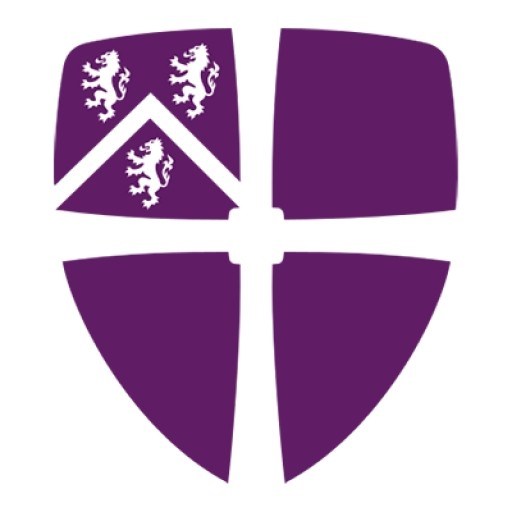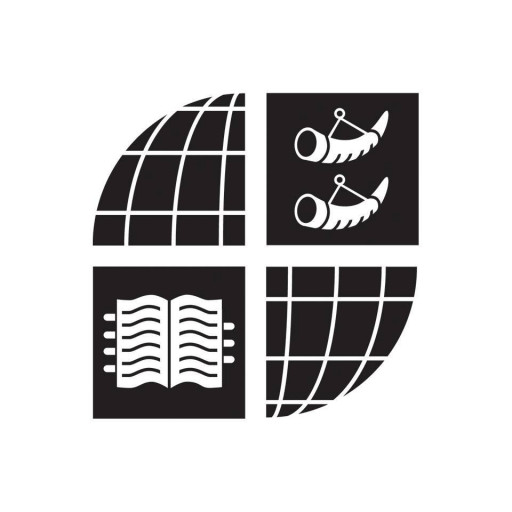Photos of university / #durhamuniversity
About
The MA in Visual Arts and Culture at Durham is a distinctive interdisciplinary programme that invites students to develop their knowledge and understanding of the visual arts and of visual culture. To study visual arts and culture is a way of paying attention to phenomena that are literally everywhere. The concept of ‘visual culture’ acknowledges the pervasive nature of visual phenomena, and signals openness towards both the breadth of objects and images, and the range of theoretical and methodological perspectives needed to understand them adequately. Drawing upon research strengths across the departments that contribute to the programme, the MA in Visual Arts and Culture encourages you to take a broad view of geographical and chronological scope, while allowing you to engage with a wide range of visual phenomena, including fine art, film, photography, architecture, and scientific and medical imaging practices.
The importance of critical visual literacy in the contemporary world cannot be exaggerated. ‘The illiterate of the future’, wrote the Bauhaus artist and theoretician László Moholy-Nagy, ‘will be the person ignorant of the camera as well as of the pen’. This observation was made in the 1920s, when photography was first used in the periodical press and in political propaganda. The rich visual world of the early twentieth century pales in comparison with the visual saturation that now characterises everyday experience throughout the developed societies and much of the developing world. But the study of visual culture is by no means limited to the twentieth century. Turning our attention to past cultures with a particular eye to the significance of visual objects of all kinds yields new forms of knowledge and understanding.
Our programme facilitates the development of critical visual literacy in three main ways. First, it attends to the specificity of visual objects, images and events, encouraging you to develop approaches that are sensitive to the individual works they encounter. Second, it investigates the nature of perception, asking how it is that we make meaning out of that which we see. Finally, it investigates how our relationships with other people, and with things, are bound up in the act of looking.
Content
The course consists of one core module, two optional modules and a dissertation. The core module sets out the intellectual framework for the programme, offering a broad overview of key conceptual debates in the field of Visual Culture, together with training in analysis of visual objects of different kinds, an advanced introduction to understanding museum practice, and key research skills in visual arts and culture. The optional modules provide further specialised areas of study in related topics of interest to individual students, and the 12,000-15,000 word dissertation involves detailed study of a particular aspect of a topic related to the broad area of visual culture.
Optional modules
Previously, optional modules have included:
- Critical Curatorship
- History, Knowledge and Visual Culture
- Representing Otherness
- Negotiating the Human
- Theorizing History and Historicising Theory: An Introduction to Photographic Studies
- Digital Imaging
- Cultural Heritage, Communities and Identities
- Current Issues in Aesthetics and Theory of Art
- Ethics of Cultural Heritage
- Monumental architecture of the Roman Empire in the Antonine and Severan periods
- Art in Ecological Perspective
- Texts and Cultures I: Visual and Verbal Cultures (Early Modern)
- Energy, Society and Energy Practices
- German Reading Skills for Research
- French Reading Skills for Research
The Centre for Visual Arts and Culture (CVAC) brings together scholars from across and beyond Durham University in order to provide a dynamic setting for wide-ranging interdisciplinary research and debates about visual culture, a field that entails the study of vision and perception, the analysis of the social significance of images and ways of seeing, and the attentive interpretation of a range of visual objects, from artworks to scientific images.
Centre for Visual Arts and Culture
The Centre brings together scholars from across and beyond Durham University in order to provide a vibrant and dynamic setting for wide-ranging interdisciplinary research and debates about visual culture. The Centre provides a focus for cutting-edge research on visual arts and cultures: it aspires to train new generations of scholars through innovative postgraduate programmes, it fosters informed debate both nationally and internationally, and it offers an engaging, open environment for researchers at all levels.
CVAC takes a generous view of what constitutes visual culture and it is broad in both geographical and chronological scope, encouraging debate about the range of approaches, methods and theories that are most generative for research on visual phenomena. Durham’s current visual culture research includes the study of word and image, art and religion, medicine and visual representation, film, the history of photography, architecture, urban culture, heritage and philosophical aesthetics. It also includes the development of pioneering visual research methods and the study of vision.
Durham’s location itself provides a rich and inspiring environment for this field of research. It is part of the UNESCO World Heritage Site that also includes Durham Cathedral; its acclaimed Oriental Museum is a significant asset which houses three Designated Collections, recognised by the Arts Council as nationally and internationally pre-eminent; alongside an outstanding collection of twentieth-century and contemporary art. CVAC has many established relationships with major national and international cultural organisations, and aims to develop further its links with museums, galleries and heritage sites.
Subject requirements, level and grade
- Students will normally be required to have an Honours Degree, usually at 2:1 level or higher or GPA average of 3.2 from a recognised national or international university in an arts, humanities or social science subject. The course assumes no prior knowledge of visual arts and culture, but previous interest or experience of visual culture would be an advantage.
- Two positive academic or equivalent professional references.
- Relevant professional practice in a field of visual arts and culture to be evaluated on an individual basis, may be considered in lieu of formal academic qualifications in some cases.
Preferred Tests:
a. IELTS: 6.5 (no component under 6.0)
b. TOEFL iBT (internet based test): 92 (no component under 23)
c. Cambridge Proficiency (CPE): Grade C
d. Cambridge Advanced (CAE): Grade A
e. Cambridge IGCSE First Language English at Grade C or above [not normally acceptable for students who require a Tier 4 student visa]
f. Cambridge IGCSE English as a Second Language at Grade B or above [not normally acceptable for students who require a Tier 4 student visa]
g. GCSE English Language at grade C or above
h. Pearson Test of English (overall score 62 (with no score less than 56 in each component))
Alternative accepted tests when those listed in a.-h. above are unavailable to the applicant (if the applicant requires a Tier 4 visa to study, advice on the suitability of these alternatives must be sought from the Student Recruitment and Admissions Office):
i. Certificate of Attainment (Edexcel)
j. GCE A-levels (AQA, CIE, Edexcel, CCEA, OCR, WJEC) at grade C or above in an essay based, humanities or social science subject from the following list: History, Philosophy, Government and Politics, English Language, English Literature, Geography, Religious Studies, Economics, Business Studies, Law and Sociology. Modern or Classical Languages are not acceptable in meeting this requirement.
k. International Baccalaureate with a minimum of grade 5 in Standard Level English or a minimum of grade 5 if taken at Higher Level.
l. NEAB (JMB) Test in English (Overseas)
m. Singapore Integrated Programme (SIPCAL) at grade C or above in an essay based, humanities or social science subject from the following list: History, Philosophy, Government and Politics, English Language, English Literature, Geography, Religious Studies, Economics, Business Studies, Law and Sociology. Modern or Classical Languages are not acceptable in meeting this requirement.
n. Singapore Polytechnic Diploma and Advanced Diplomas at GPA 3.0 or above
o. WAEC and NECO Grade B3 or above from Nigeria and Ghana
Want to improve your English level for admission?
Prepare for the program requirements with English Online by the British Council.
- ✔️ Flexible study schedule
- ✔️ Experienced teachers
- ✔️ Certificate upon completion
📘 Recommended for students with an IELTS level of 6.0 or below.


